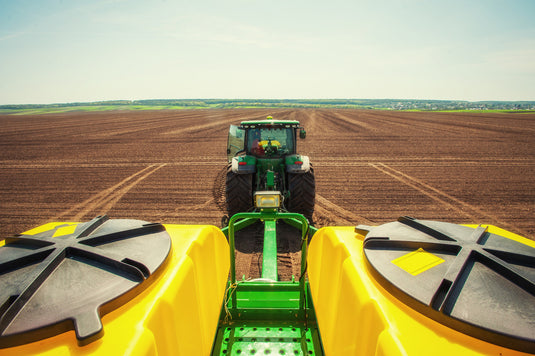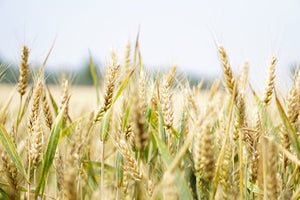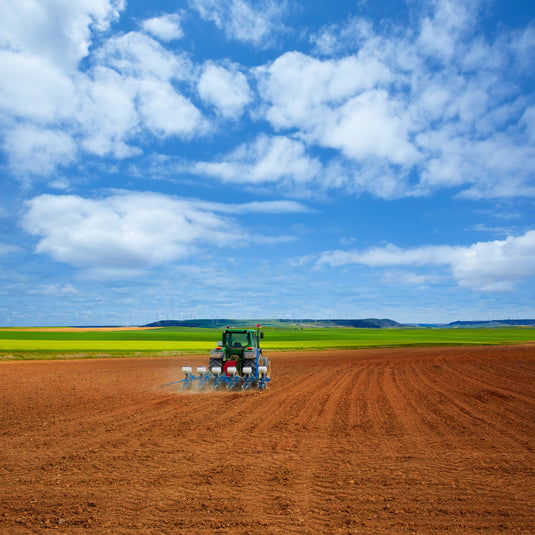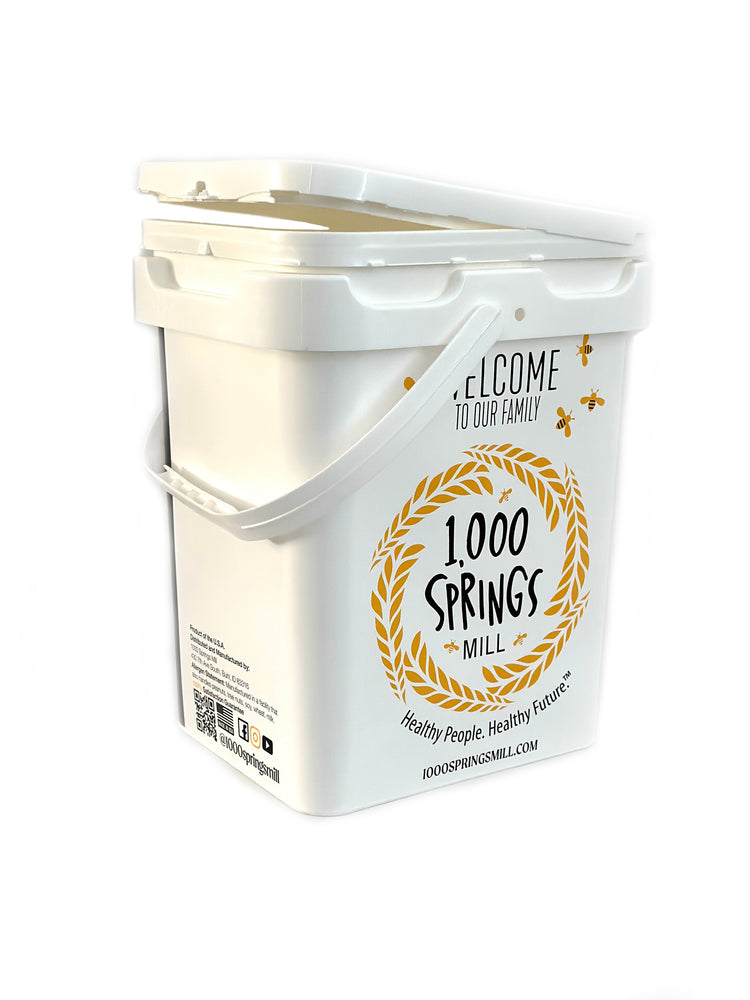
What is Regenerative Agriculture?
Regenerative agriculture is an agricultural system that focuses on building healthy soil and restoring degraded ecosystems. This form of farming is founded on the idea that the health of the soil is paramount for the health of the planet and the health of the people who depend on it. Regenerative agriculture focuses on soil health, water conservation, biodiversity, and carbon sequestration, while aiming to reduce fossil fuel inputs and chemical inputs in favor of natural cycles and ecological processes. This theory of agriculture focuses on restoring the land and its ecosystems, rather than simply harvesting crops and leaving the land depleted. Through regenerative agriculture soil health can flourish and soil fertility restored, leading to increased crop yields and improved water infiltration. Additionally, this type of agriculture is beneficial for the climate, as regenerative practices promote carbon sequestration and reduce greenhouse gas emissions.
How Can Restorative Agriculture Benefit Crops?
Regenerative agriculture works to promote soil health by utilizing methods such as cover cropping, crop rotation, composting, and no-till farming. These practices help to improve the soil structure, increase organic matter, and reduce erosion. This healthier soil can then be used to produce healthier crops with improved yields and a greater tolerance for pests and diseases. Additionally, regenerative agriculture can help reduce the need for chemical fertilizers and pesticides, resulting in a healthier environment and fewer toxins in the food supply.
For farmers, regenerative agriculture can help improve the economic viability of their operations. It can reduce the cost of inputs, increase soil fertility and productivity, and even increase the market value of the crops produced. Additionally, the improved soil structure can help to reduce water runoff and reduce the risk of flooding.
Overall, regenerative agriculture is a sustainable farming practice that can provide substantial benefits to crops, the environment, and farmers.

A Brief History of Regenerative Agriculture
Regenerative agriculture is a holistic approach to farming and land management that aims to improve the health of the soil, enhance biodiversity, and reduce the need for synthetic inputs. Regenerative agriculture has been utilized in some form since the dawn of agriculture.
Ancient agriculture systems, such as terracing, crop rotation, and agroforestry, were all designed to improve soil fertility and water retention while minimizing deforestation and erosion. In the 20th century, regenerative agriculture was revitalized with the advent of organic farming. The organic movement sought to restore soil health and fertility by avoiding synthetic fertilizers and pesticides and using natural compost and cover crops instead.
This movement also focused on using natural farming methods such as crop rotation, intercropping, and agroforestry. In more recent years, regenerative agriculture has gained traction due to its potential to aid the reversal of climate change and improve land health. Studies have shown that regenerative farming can sequester considerably more carbon than conventional farming. These farming practices also reduce water usage, increase biodiversity, and can help farmers become more resilient to drought and other climate-related challenges.
Cover cropping is a farming practice in which crops are planted between regular harvest cycles to protect the soil and improve its health. Cover crops, also known as green manure, are planted to provide organic matter to the soil, prevent soil erosion, improve soil structure and fertility, increase the water-holding capacity of the soil, reduce soil compaction, and suppress weeds and pests. Cover cropping supports regenerative farming by enriching the soil, reducing weeds and pests, improving crop yields, and reducing the need for synthetic fertilizers and pesticides.
Crop rotation is a farming practice that involves growing different types of crops in a specific order on the same land over multiple growing seasons. This practice helps to support regenerative farming by replenishing soil nutrients and organic matter, controlling pests and disease, and diversifying the farming system. Additionally, cover crops can be planted in between different crop rotations to help reduce erosion, improve soil structure, and increase the organic matter content of the soil.
Composting is the process of breaking down organic matter such as food scraps, leaves, and yard waste into a nutrient-rich soil amendment. Composting helps to regenerate soil by providing important nutrients such as nitrogen, phosphorus, potassium, and other micronutrients. Additionally, composting helps to improve the structure of soil, increase microbial activity, and reduce soil erosion. Composting also helps to reduce the amount of organic material that is sent to landfills, thus reducing environmental impacts. Through composting, farmers can create fertile soil that is suitable for growing healthy, high-yielding crops.
Regenerative Farming at 1000 Springs Mill
1000 Springs Mill believes in regenerative farming approaches. Owners Tim Cornie and Kurt Mason formed 1000 Springs Mill with a mission: Healthy People. Healthy Future.™ They strive for the highest possible quality of their product through organic and restorative agriculture practices. Utilizing these process ensure not only will they provide the highest quality foods possible, but they ensure the health of their farm for generations to come.Being third generation farmers in the Magic Valley of Idaho, Tim and Kurt understand the importance of bringing family and community together. They seek to provide healthy alternatives to local communities by starting at the beginning. By using regenerative farming techniques, they can produce healthy foods that will empower local communities to develop healthy lifestyles and strengthen over time.



